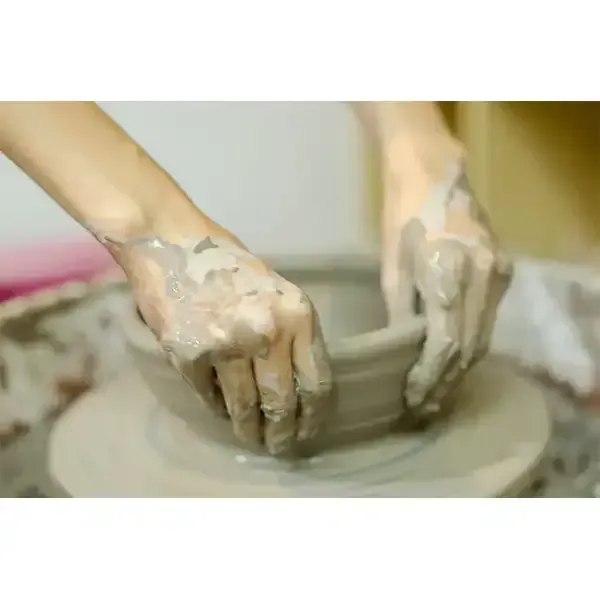Understanding Ceramic Tile Adhesive The Key to a Flawless Installation
Ceramic tiles are a popular choice for both residential and commercial spaces due to their durability, aesthetic appeal, and ease of maintenance. However, to ensure that these tiles perform well and maintain their beauty over time, the right adhesive is essential. This article delves into the importance of ceramic tile adhesive, its types, and best practices for application.
What is Ceramic Tile Adhesive?
Ceramic tile adhesive is a specialized bonding agent designed to attach tiles to various surfaces. The primary function of the adhesive is not only to hold the tiles in place but also to withstand the stresses of movement, moisture, and temperature changes. Using the appropriate adhesive is critical for preventing issues such as cracking, loosening, or even complete tile detachment.
Types of Ceramic Tile Adhesives
There are several types of ceramic tile adhesives available in the market, each suitable for different applications
. The two primary categories are thin-set mortar and thick-bed mortar.1. Thin-Set Mortar This is the most commonly used adhesive for ceramic tiles. It is made from a mixture of cement, fine aggregates, and polymers, providing good adhesion while maintaining a low profile. Thin-set mortar is ideal for wall and floor installations, including in wet areas like bathrooms and kitchens.
2. Thick-Bed Mortar Also known as mud bed or bed mortar, this adhesive is used in applications where a thicker layer of mortar is necessary, such as installing large format tiles or when leveling uneven surfaces. Thick-bed mortar helps to distribute weight evenly across the tile and is often employed in more extensive flooring projects.
3. Flexible Adhesives These adhesives contain added polymers that enhance flexibility, making them suitable for environments prone to movement. They are particularly beneficial for areas with temperature fluctuations, such as sunrooms or outdoor spaces.
4. Epoxy Adhesives Known for their strength and water resistance, epoxy adhesives are ideal for high-stress applications and areas exposed to moisture. They are often used in commercial settings, where durability is paramount. However, working with epoxy can be more challenging due to its quick set time and more complex mixing requirements.
ceramic tile adhesive

Best Practices for Using Ceramic Tile Adhesive
To achieve the best results when using ceramic tile adhesive, follow these best practices
- Surface Preparation Ensure that the surface is clean, dry, and free from any debris or contaminants. Repair any cracks or imperfections before applying adhesive.
- Mixing Follow the manufacturer’s instructions for mixing the adhesive. The correct consistency is crucial for proper bonding. A consistent, lump-free mixture is essential for effective application.
- Application Use the appropriate trowel size based on the tile’s dimensions. The notches in the trowel help to distribute the adhesive evenly and create the necessary bond. Apply the adhesive in a way that allows for proper coverage without over-application.
- Setting the Tiles Press the tiles firmly into the adhesive, ensuring proper alignment and spacing. If using spacers, make sure they are adequately placed to maintain consistent grout lines.
- Curing Time Allow the adhesive to cure as per the manufacturer’s recommendations before grouting or exposing the surface to heavy foot traffic.
Conclusion
Choosing the right ceramic tile adhesive is vital for a successful installation that stands the test of time. By understanding the various types of adhesives and following best practices for their application, homeowners and professionals alike can achieve a beautiful, long-lasting tiled surface. Investing the time to select and properly apply the appropriate adhesive will ensure that your ceramic tiles remain a durable and attractive feature in your space for years to come.
-
Premium Detergent Grade HPMC Hydroxypropyl Methylcellulose: Superior Thickening & StabilityNewsAug.31,2025
-
HEC 100000 Hydroxyethylcellulose for Paint | Superior ThickeningNewsAug.30,2025
-
Wall Putty Rdp Powder Packaging DesignNewsAug.29,2025
-
Introduction to Hpmc Hydroxypropyl Methyl CellulosNewsAug.29,2025
-
Hpmc Industri Grade IntegrationNewsAug.29,2025
-
How to Choose the Right Construction AdhesiveNewsAug.29,2025




